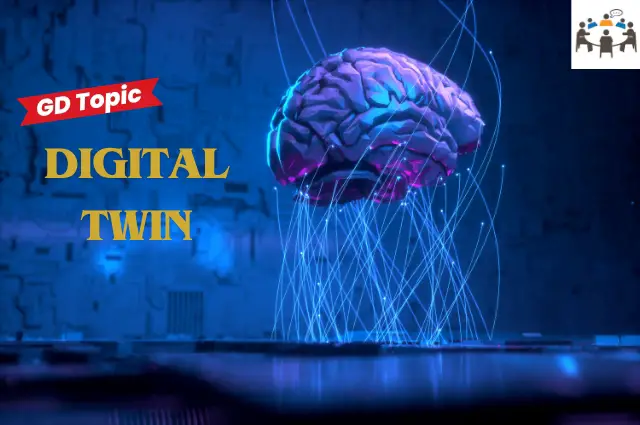What is a Digital Twin?
- A digital twin is a virtual representation of a physical object, process, system, or environment. It is created using data from sensors and other devices to closely match the real thing. This computerized version is interactive and can be used in many ways in different industries.
Benefits of Digital Twins:
- Digital twins help in making better decisions. They can show things that we wouldn’t be able to see otherwise, like how the product might break down in different situations or how the process could be made more efficient.
- Digital twins can help to avoid problems. They can show potential problems before they happen, so they can be fixed before they cause any trouble.
- Digital twins can help us work more efficiently. They can show us how to get more done with less, so we can save time and money.
- A digital twin enables real-time monitoring, providing a comprehensive understanding of the performance of the system or object it represents. For instance, digital twins can play a vital role in monitoring the functionality of diverse systems, whether it’s a wind turbine generating power or the intricate workings of the human heart.
Uses of Digital Twins:
- Digital twins are being used to improve patient care, conduct medical research, and develop new drugs and treatments. For example, digital twins of individual patients can be created to simulate their unique physiology, helping predict responses to treatments for personalized and effective healthcare solutions.
- Digital twins play a crucial role in manufacturing by simulating production processes, predicting potential issues, and optimizing product quality. This leads to improved production efficiency, reduced waste, and enhanced overall manufacturing operations.
- City planners use digital twins to make virtual copies of cities. This helps them test different situations, like emergencies or big events, helping in optimizing city infrastructure, managing resources, and improving overall urban resilience.
- Digital twins are valuable in the design and innovation process. They allow engineers and designers to test and iterate ideas in a virtual environment before physical implementation, reducing the risk of errors and speeding up the product development cycle.
Challenges:
- Implementing digital twins involves upfront investments in technology, infrastructure, and skilled personnel. This high initial cost can be a barrier for some organizations.
- Digital twins rely on a continuous stream of data to maintain their accuracy and usefulness. Gathering, managing, and processing this vast amount of data can be complex and expensive.
- The reliability of digital twins heavily depends on the quality and accuracy of the data input. Inaccurate or incomplete data can lead to flawed simulations and decisions.
- Digital twins often contain sensitive data about physical assets, processes, or systems. This raises concerns about privacy, confidentiality, and the potential for unauthorized access.
- The use of digital twins, especially in sensitive areas like healthcare, raises ethical considerations related to data ownership, consent, and responsible use.
Conclusion:
Digital twins stand as powerful tools revolutionizing the way we understand, manage, and innovate in diverse fields. It contributes to improved efficiency, better decision-making, and enhanced understanding of complex systems, by unveiling insights beyond our normal scope, predicting issues, and suggesting efficient solutions. As technology continues to advance, the use of digital twins is likely to expand into new domains and applications.
India has a fantastic opportunity to make things better using digital twins. Whether it’s improving healthcare, making factories work smarter, or planning cities more efficiently, digital twins can be a game-changer. But to make this happen, India needs to train people who know how to use this technology and figure out how to manage the costs and data challenges. If we can work together to solve these issues, India could become a leader in using digital twins to make life easier and more innovative for everyone.
Your Turn…
What are your thoughts on Digital Twins? Express your views through the comment section below. Subscribe to our blog to read answers to the trending GD topics.
Copyright @ Group Discussion Ideas.

